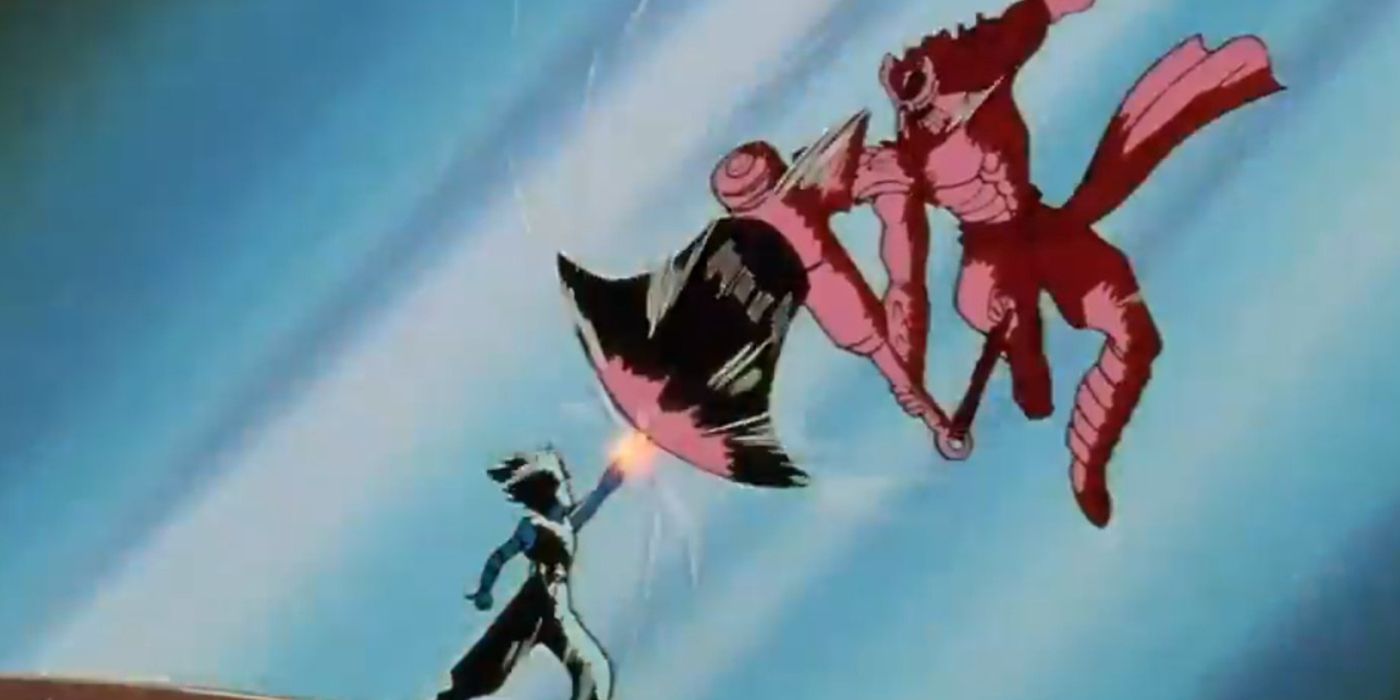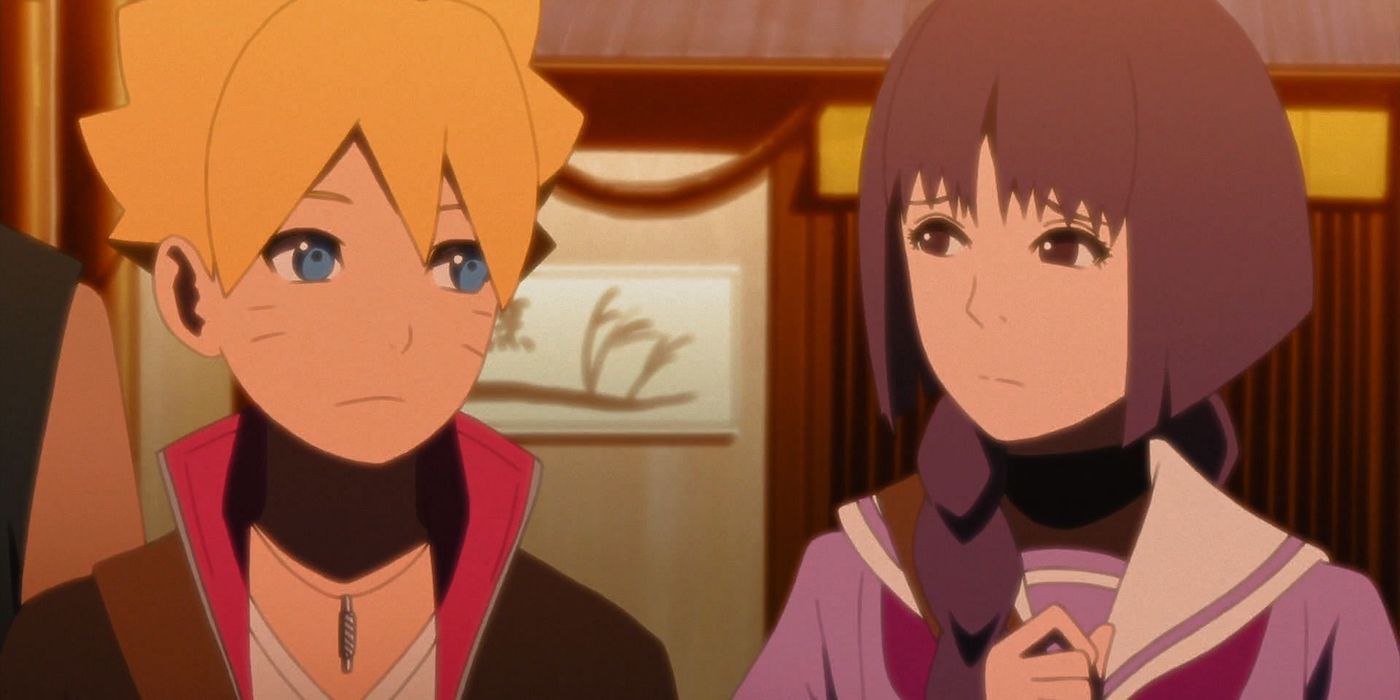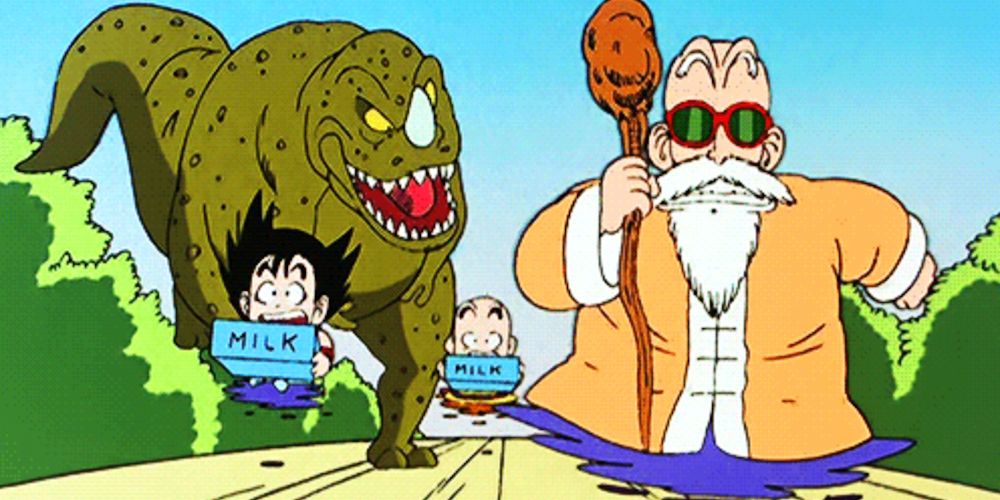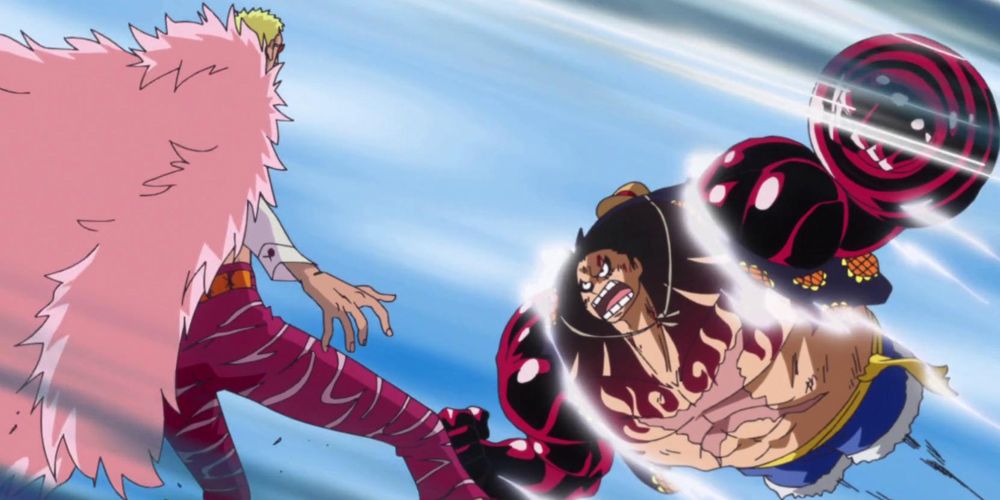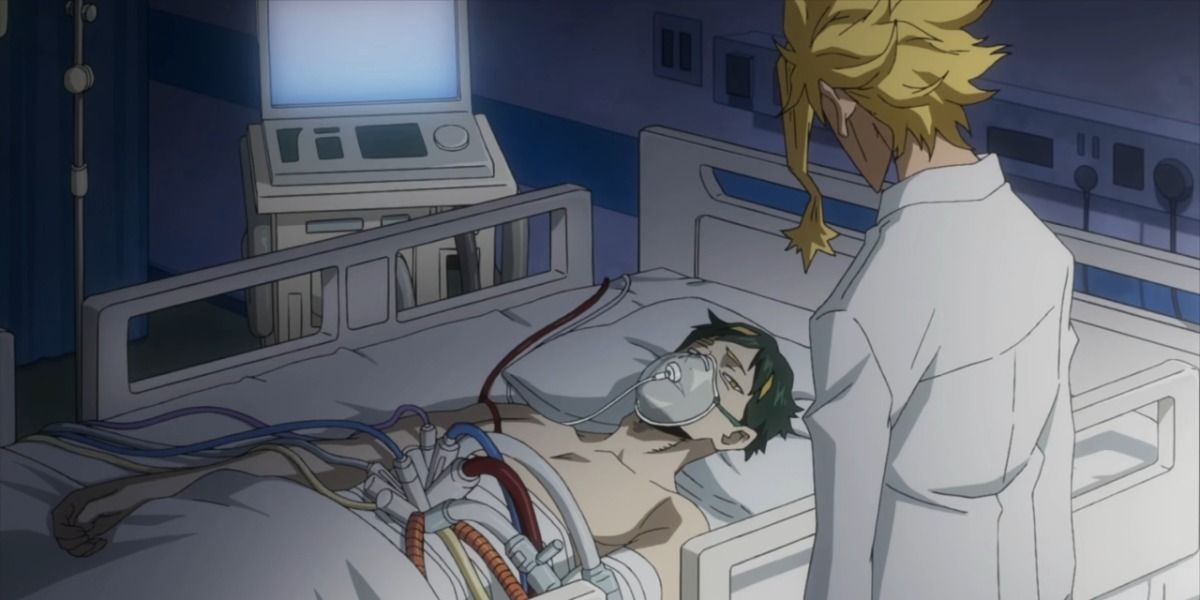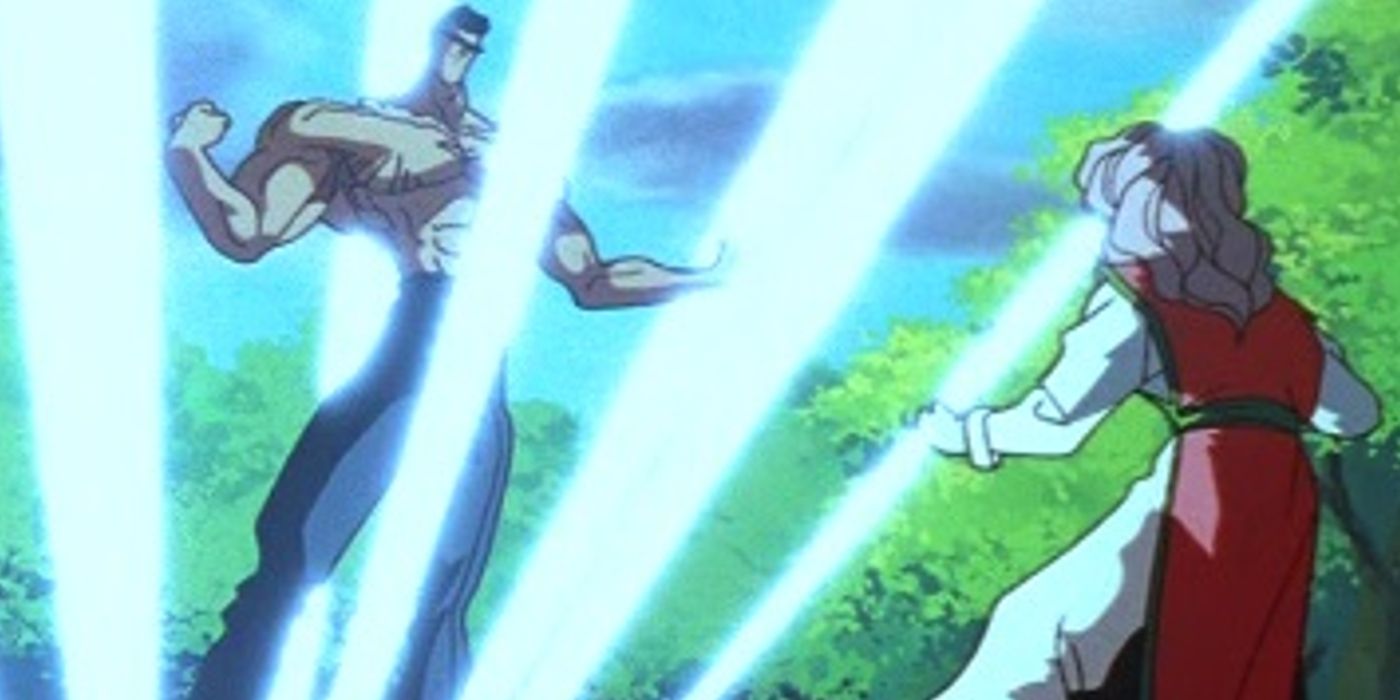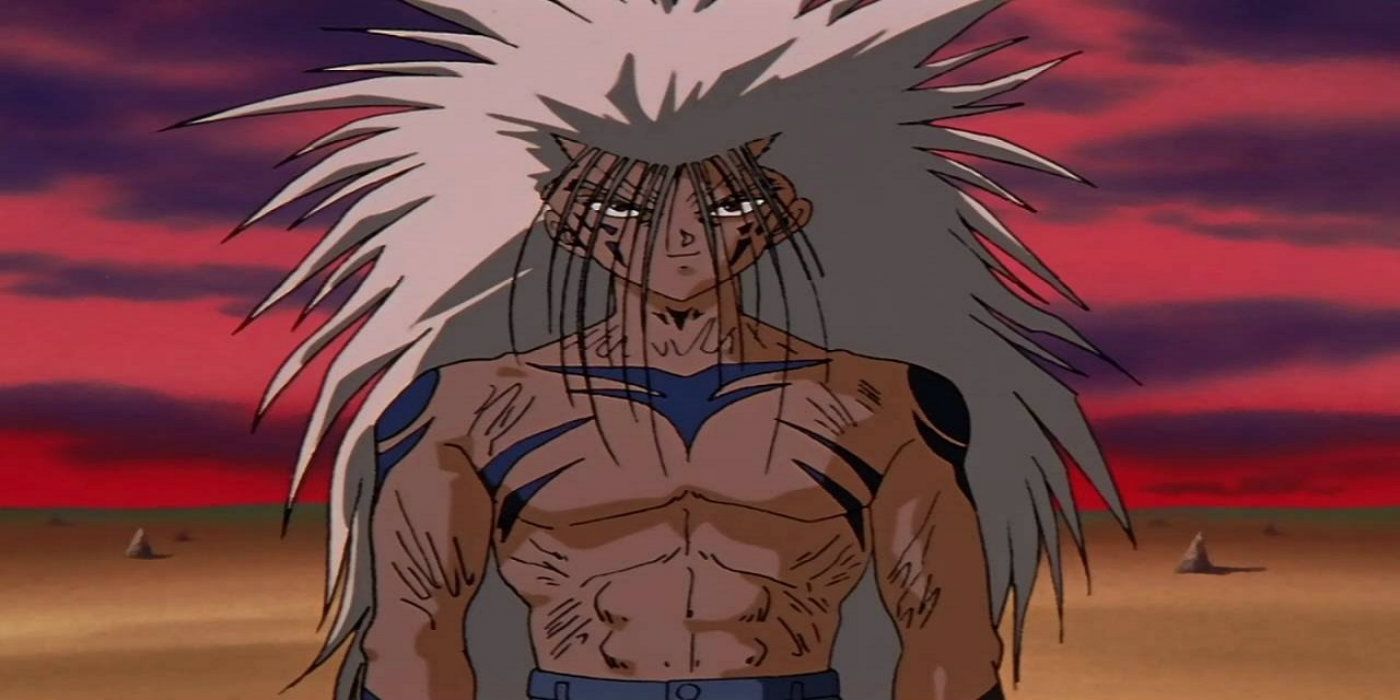There’s tremendous versatility in anime and manga as storytelling mediums where it feels like anything is possible, yet it’s shonen series that often generate the most success and excitement. Shonen is a demographic that’s geared towards younger male audiences, which typically gravitates towards action and combat. There’s still a lot of freedom in the shonen genre and there are plenty of series that don’t include any battles that instead focus on slice of life storytelling, comedy, or even sports. However, it’s the action-packed antics of Weekly Shonen Jump titles that cause the greatest stir and are what fans think of whenever the shonen genre is in discussion. Shonen titles like Dragon Ball, One Piece, Naruto, and My Hero Academia have completely revolutionized the anime and manga industries.
These are shonen series that not only transcend their demographic, but their entire medium and find ways to connect with audiences who are otherwise averse to anime. Shonen series draw in huge crowds and frequently stand above their anime and manga peers, but that doesn’t mean that they’re flawless in their construction. In fact, there are a number of recurring shonen tropes and stereotypes that are downright problematic and are sometimes the deciding factor in whether curious newcomers give these series a chance.
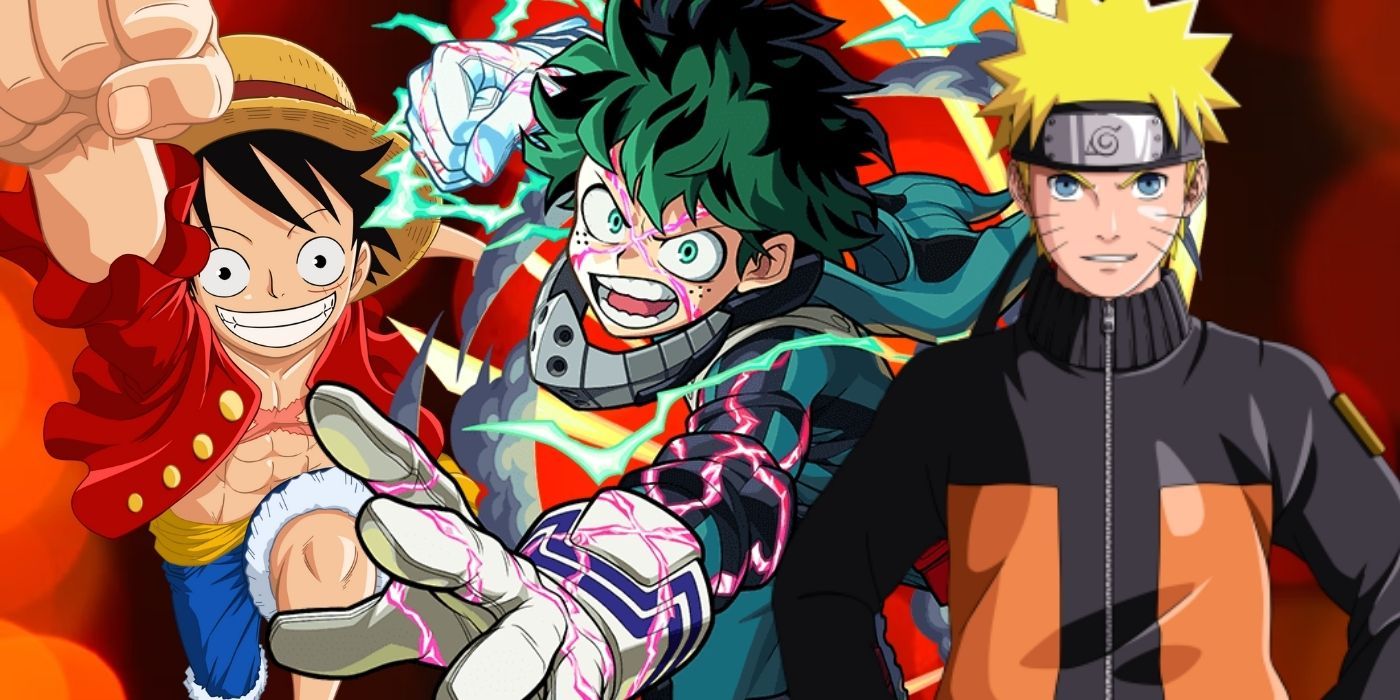
10 Reasons Why Shonen Is The Best Genre Of Anime
Though it is aimed at teenage boys, shonen is enjoyable for everyone regardless of age or gender and often includes the best that anime has to offer.
10 The Hero Has A Light-Hearted Animal Companion
Examples: Fairy Tail, One Piece, InuYasha
Shonen series frequently recruit a compelling cast of powerful characters who fearlessly head forward to take on whatever dangers that they encounter. It’s not uncommon for some of these protagonists to have a cute anthropomorphic creature by their side who functions as an odd sidekick and foil. This isn’t inherently a bad concept, but it’s a device that feels much more at home in the shojo demographic. Many shonen series, while geared towards younger male audiences, still strive for a greater level of maturity. This becomes increasingly difficult when a silly animal sidekick continues to chirp with cute one-liners.
Kirara from InuYasha, Happy from Fairy Tail, One Piece‘s Chopper, and Gintama‘s Sadaharu are just some examples of this cumbersome trope that often seems tonally at odds with the rest of the series. It’s not one of shonen series’ greatest problems, but it’s still a questionable quirk that feels awkward for many audiences. Some of these series attempt to make these creatures more ferocious over time, but this exercise can be even more awkward and feel unnatural.
9 Extensive Tournaments Deliver Endless Action Over Character Development
Examples: Yu Yu Hakusho, Dragon Ball, The God Of High School
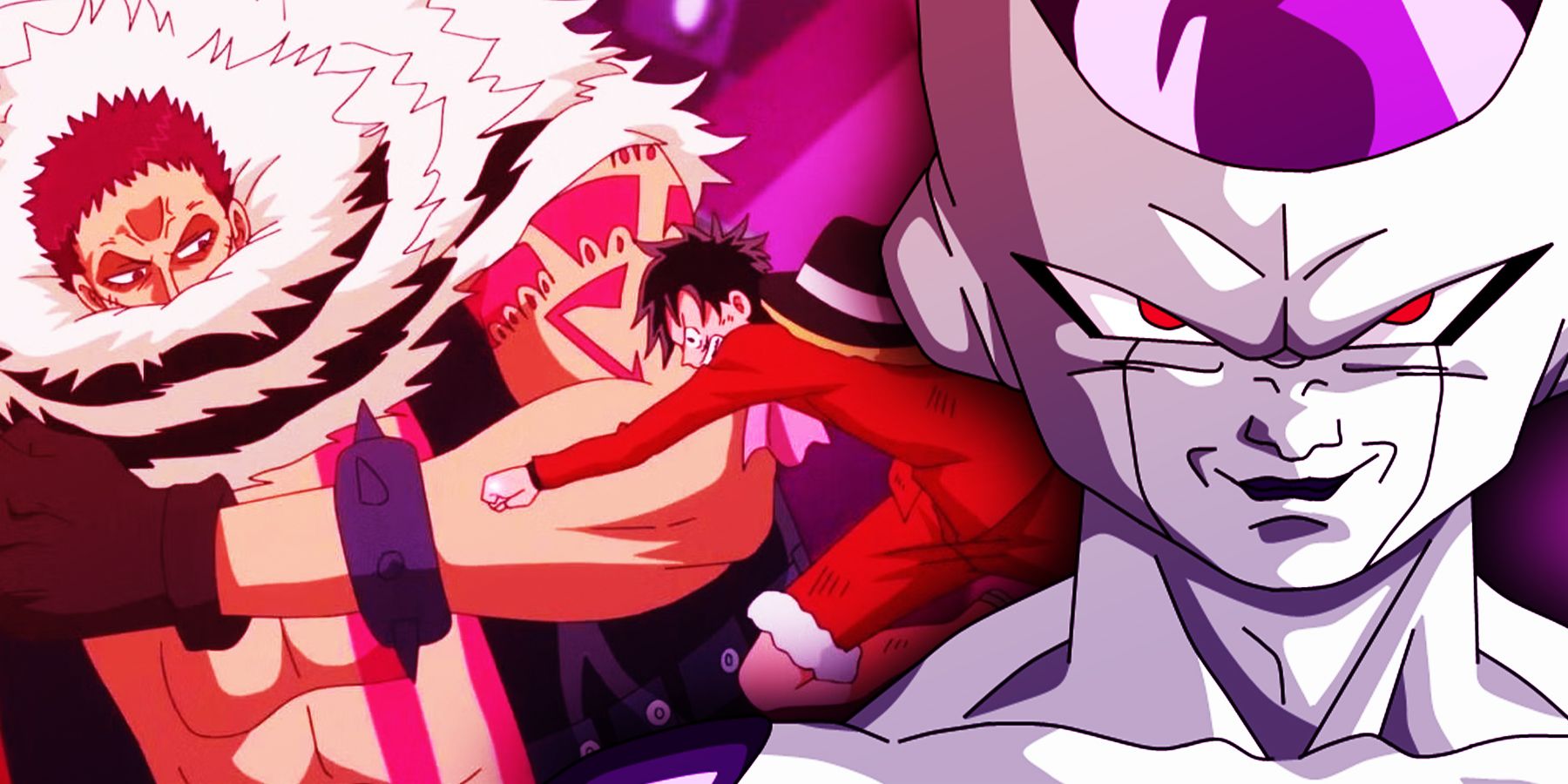
10 Longest Fights In Shonen Anime, Ranked By Number Of Episodes
Battle Shonen is all about the fight scenes, and some of the most iconic have lasted for a number of episodes.
The majority of shonen series are built upon compelling battle sequences that deliver suspenseful action, but also rewarding character development for the involved parties. Creative combat is a shonen series’ secret weapon. However, there need to be actual stakes in these proceedings as well as opponents that feel like real people rather than perfunctory obstacles. It’s incredibly common for shonen series to arrive at challenging tournaments that devolve into endless combat with strange, new fighters. The action here might still satisfy, but the speedy structure and pacing of tournament battles usually means that there’s no sense of character development and fights get reduced to flashy gimmicks.
Yu Yu Hakusho’s Dark Tournament and Dragon Ball Super’s Tournament of Power are martial arts competitions that last for dozens of episodes and introduce just as many characters in this time. That being said, most of these enemies don’t feel like they exist outside the tournament and are purely created to be momentary challenges that lack motivation and depth. Enemies and battles that occur in the wild feel more natural and that the world has brought them to this impasse, rather than some arbitrary tournament bracket.
8 The Hero Has Children Who Go On To Become Even More Powerful
Examples: Boruto: Naruto Next Generations, Dragon Ball Z, Yashahime: Princess Half-Demon
Endings aren’t easy, especially in serialized stories that have been running for decades, in some cases. Shonen series frequently turn to time-skips as a way to rejuvenate the narrative and push their characters to unprecedented places. This strategy is often present during a shonen series’ conclusion, where the decision to turn the clock forward reveals that the main characters have had children. The whole idea of passing on the torch to the next generation of heroes is certainly fitting and it even makes sense a lot of the time for these characters to retire with a family. However, these happy endings are sometimes turned into the beginning of a whole new sequel series that goes on to follow these children.
This is another idea that isn’t always destined to fail. However, it sets these sequel series up for major challenges in the sense that they still need to feature greater stakes and obstacles that will entertain and excite the original series’ audience. Series like Boruto: Naruto Next Generations, Yashahime: Princess Half-Demon, and even Dragon Ball Z frequently invalidate their predecessor’s events through this compulsion to go bigger. New dangers and transformations can diminish the heroes’ accomplishments in the original series, even if these shonen series already went as big as possible. Sometimes the best thing that a shonen series can do is end, but popularity and success produces sequels that can’t sustain the established lore.
7 Laborious Training Arcs Are Featured Before Big Challenges
Examples: Dragon Ball, Yu Yu Hakusho, Naruto
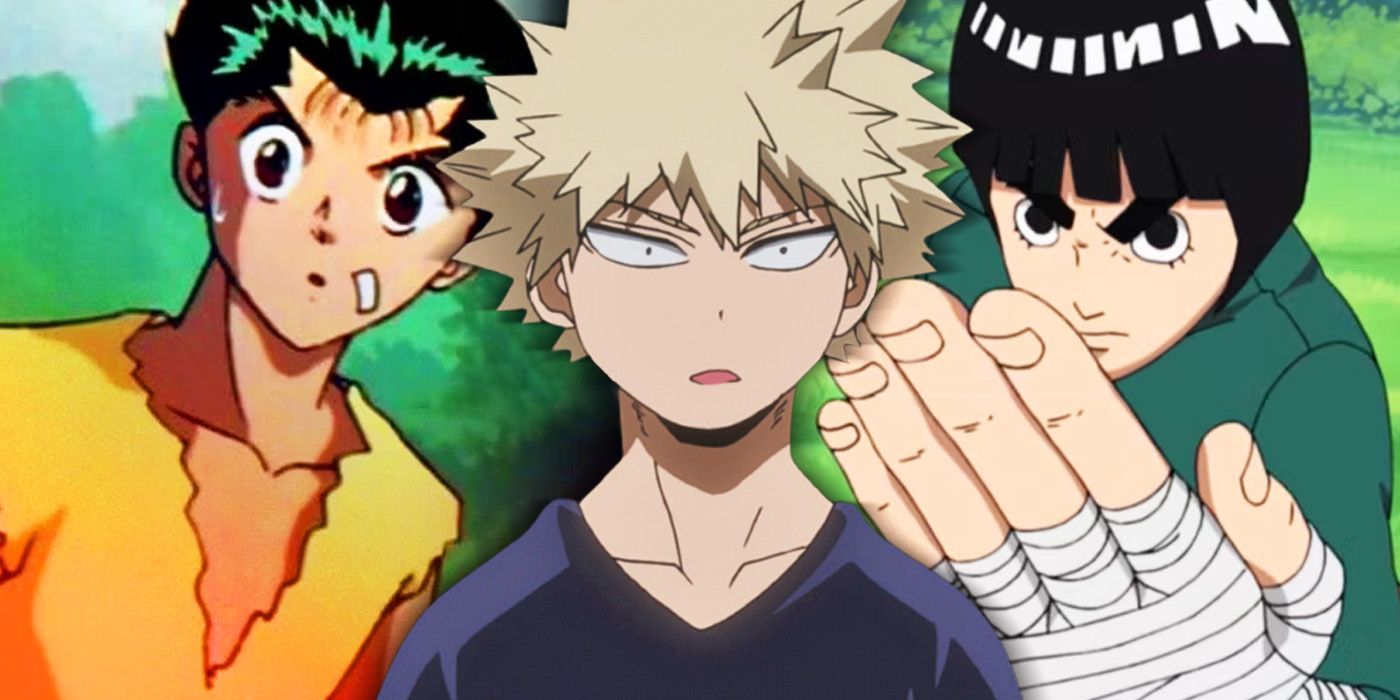
Why So Many Shonen Anime Have an Exam or Test in the Forest
Training and test arcs are arguably the most pivotal parts of any shonen story – and they often take place specifically in a forest. Here’s why.
Strenuous training arcs are another shonen staple and a reliable way for characters to grow stronger before an impending challenge or competition. Training, in theory, is a valuable device in shonen series that helps characters grow. However, sloppy execution and an overreliance on this tool can rob it of any impact and turn it into a tired slog that ruins the story arc’s pacing. It’s crucial that training arcs feel distinct and operate under fresh circumstances rather than characters continually studying under the same mentor with predictable exercises.
Hunter x Hunter and My Hero Academia are two shonen series that are dense in training arcs, but they never step on each other’s toes and genuinely feel unique. Alternatively, Dragon Ball, Naruto, and Yu Yu Hakusho make their characters jump through repetitive hoops that begin to drag down the narrative instead of getting audiences excited for what’s to come. Training is usually a necessary step, but that doesn’t mean that it needs to be explored in a bland, perfunctory way. Training arcs can also succumb to filler episodes that are designed to pad out the story and buy the series more time before it gets to the main event. When done properly, training arcs can be as thrilling as the battles that follow, but the opposite can be a torturous waste of time.
6 There Are Powerful Transformations That Come Out Of Nowhere
Examples: Dragon Ball Z, One Piece, My Hero Academia
Shonen series are all about quests for greater power and strength. These abilities can be earned through hard work and determination, but there’s also a real joy that audiences experience when a character suddenly surpasses their limits through a surprise transformation that comes out of nowhere. This is tricky territory, since a lone transformation can genuinely be emotional and effective. The problem is that these transformations usually become a pattern and something that the shonen series routinely turns to whenever its protagonist is truly overwhelmed. Goku’s inaugural Super Saiyan transformation or Luffy’s Gear 2 metamorphosis are unforgettable shonen series moments.
That being said, these series can overindulge in the concept and turn a powerful transformation into a parody of itself. Luffy’s Gear 4 and 5 offer incredible strength, but they’re wildly different from their predecessors. Dragon Ball has similarly embraced so many Super Saiyan transformations that it’s needed to shift course from numerical labels to a color-coded system. It’s never a good sign when the audience starts to expect a new transformation as the solution to a hero’s struggle, even if it hasn’t been earned or foreshadowed. This has become one of the shonen genre’s trickiest tropes and a series is sometimes wisest to completely avoid transformations so that it doesn’t inevitably head down this path.
5 The Underdog Becomes The Most Powerful In The Universe
Examples: My Hero Academia, Solo Leveling, Black Clover
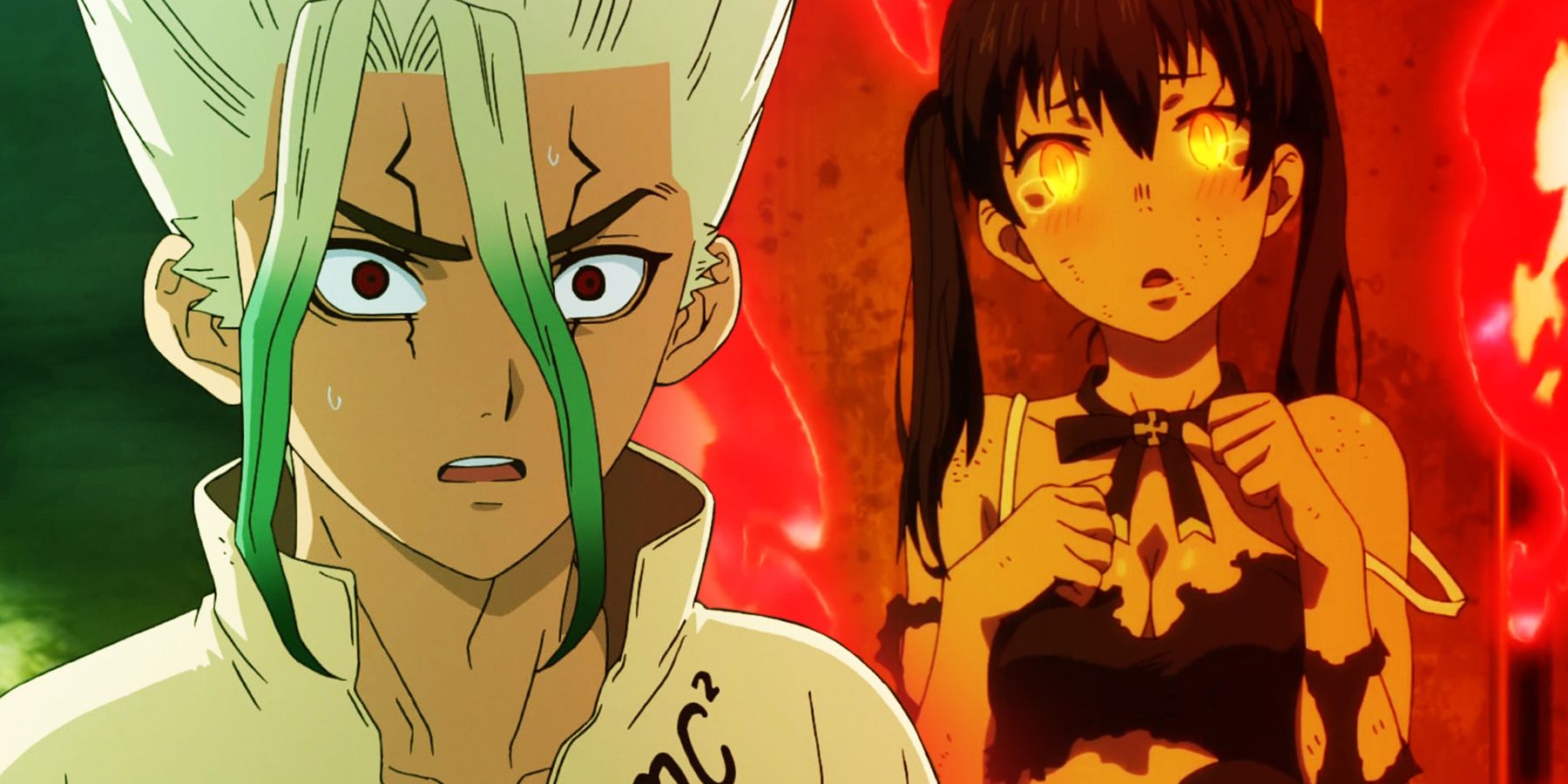
15 Best Shonen Anime With The Worst Characters
Whether they’re mean bullies or annoying cowards, these well-known characters are the worst.
Growth and conflict are essential for any entertaining story. It can be incredible to look at where a character ends versus their humble beginnings when the story starts, but there’s still a careful balance here when it comes to suspension of disbelief. The best shonen series find a comfortable middle ground and develop their protagonist in a gradual manner that feels believable. Far too often there are shonen protagonists who aren’t average, but actively weak, who go one to become the strongest individuals in the universe. Characters like My Hero Academia’s Deku and Black Clover’s Asta begin their journeys with zero abilities, only to completely dominate their respective field.
Sung Jin-Woo from Solo Leveling is one of the most egregious versions of this trope, and it’s important for shonen series to not conflate underdogs with irresponsible power scaling. Someone like Deku would still be a major force to be reckoned with if he only possessed the One For All Quirk. However, the decision to give him a whole arsenal of dangerous abilities feels like My Hero Academia goes too far and sometimes uses Quirks as a substitute for character development. Characters don’t need to be overpowered to be engaging.
4 A Mentor Or Friend Dies To Motivate The Hero
Examples: Yu Yu Hakusho, Dragon Ball Z, My Hero Academia
Death is a powerful force, regardless of the storytelling medium, but it’s something that’s particularly prevalent in shonen anime. These series wouldn’t feel realistic if there were never any casualties. However, there’s a difference between natural casualties and those that are purely used as ways to motivate characters or suddenly surpass their limits by tapping into their dormant emotions. Shonen series routinely use death as a character motivator, but it’s even more common when a kindly mentor figure passes on right when their student needs them the most.
Yu Yu Hakusho, My Hero Academia, and Dragon Ball Z all turn to this trope in order to activate characters’ killer instincts and help them understand that they are strong enough to do their fallen mentors proud. This trope can be so derivative and overdone that many seasoned shonen fans expect an elderly mentor to pass on as soon as they appear. Death is a natural part of life, but it shouldn’t be the primary motivator for a character to grow. This only trivializes their mentor’s teachings and it can be more inspirational when a student and teacher work together, rather than a grief-based epiphany.
3 Bitter Villains Turn Into Best Friends & Allies
Examples: Naruto, Dragon Ball, Yu Yu Hakusho
Audiences love a good redemption story and so it’s no surprise that shonen anime are full of villains who go on to realize the error of their ways and properly align themselves with the hero. This is magical, captivating storytelling when it’s done right, but there are some instances when a villainous rehabilitation simply doesn’t make any sense and is outright insulting to the audience. Orochimaru’s redemption in Naruto and Vegeta’s rehabilitation in Dragon Ball Z reflect genuine growth as characters atone for their past sins and accept their faults.
This device doesn’t work and feels disingenuous when the redeemed villain is someone who’s killed the heroes’ loved ones or done things that are beyond the pale where forgiveness simply isn’t realistic. A convenient resolution of this nature can further point out a character’s naivety and that they lack the necessary killer instinct that heroes often require. Goku’s offer of a Senzu Bean to Planet-Eater Moro is asinine on the hero’s part. Younger Toguro’s redemption arc in Yu Yu Hakusho is equally incredulous. A shonen series needs to carefully choose when redemption makes sense and not just treat it like a pat solution to every major battle.
2 The Protagonist Learns That They’re Actually A Demon Or Alien
Examples: Yu Yu Hakusho, Dragon Ball, Soul Eater
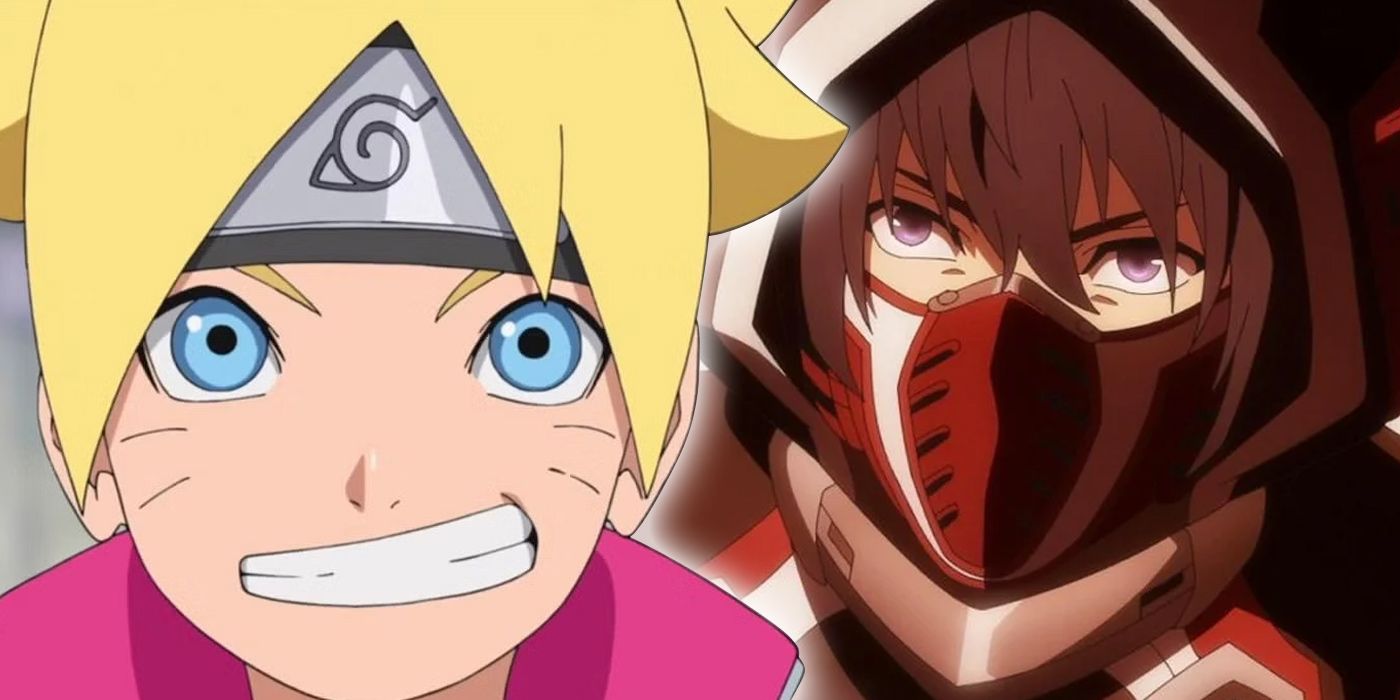
10 Shonen Anime That Wasted Great Premises
Shonen anime is overwhelmingly popular, so it’s pretty disappointing when series like Boruto waste their potential and fail to stand out.
Another unusual trope that sometimes creeps up in shonen series is the surprise revelation that the protagonist – or another hero – isn’t human, but actually a member of an alien or demonic race. This is another storytelling device that can sometimes trigger rewarding character development, but it just needs to be properly handled and not feel as if it’s a random twist that’s come out of nowhere. Yu Yu Hakusho’s revelation that Yusuke Urameshi is actually part-demon goes against so much of what’s been previously established and it minimizes his past accomplishments.
There doesn’t need to be this jarring internal conflict in order for a hero to accept the enemy or experience empathy towards them. In fact, it sometimes means even more when the opposite is true. Goku’s ongoing acceptance of Saiyans would perhaps mean more if he himself wasn’t one and he’s simply understanding that an alien race of warriors deserves love and compassion, just like anyone else. The most disastrous versions of this trope completely change the hero’s backstory and go for shock value over logic.
1 Female Characters Get Reduced To Eye Candy Fan Service
Examples: Fire Force, Ranma ½, My Hero Academia, The Seven Deadly Sins
Fan service and the male gaze is one of the shonen genre’s most problematic tropes and this quality is even so disruptive that it’s prevented audiences from entirely skipping certain shows. Fan service is an empty compulsion that caters towards the shonen genre’s male audience, yet it’s not something that should blindly be accepted. It’s an outdated custom that feels more aligned with series from the ‘80s and ‘90s, yet it continues to persist in big ways. Fire Force even has a character named Tamaki Kotatsu who suffers from “Lucky Lewd Syndrome,” which means that she’s frequently subjected to ludicrous twists of fate that lead to her clothes disappearing or her clumsily falling into her male peers. The Seven Dedly Sins’ Diane, a giant, isn’t much better in this department.
Dragon Ball also struggles with this trope in its original series and most of Master Roshi’s cooperation early on is dependent upon his ability to fawn over a young Bulma. Even popular shonen series that are fairly anti-fan service, like One Piece and My Hero Academia, still can’t help but present their powerful female characters in skimpy outfits that showcase their bodies. Fan service is an embarrassing distraction that can completely derail a shonen series’ story in its worst cases. The medium has fully evolved beyond this unnecessary trope.


